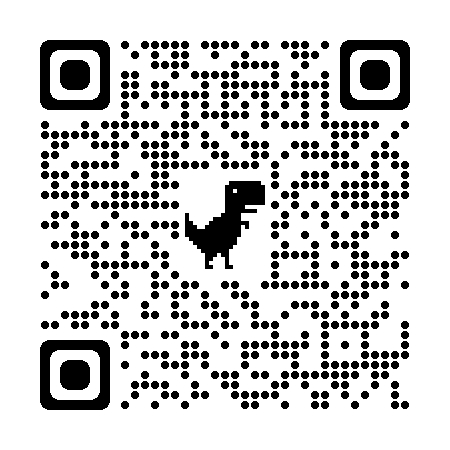Teleport atoms and scent molecules may be possible in future
- Details
- Written by Super User
- Category: Islam
He [Yusuf] said: "No blame at all will fall on you. Today you have forgiveness from Allah. He is the Most Merciful of the merciful. Go with this shirt of mine and cast it on my father's face, and he will see again. Then come to me with all your families." And when the caravan went on its way, their father said: "I can smell Yusuf's scent! You probably think I have become senile." (Qur'an, 12:92-94)
Today, scientists state that teleporting atoms and scent molecules may be possible in the near future. In Surah Yusuf 94, Prophet Yusuf's (as) father says that he can smell his son's scent. Scientists also say that it will soon be possible to send scents in the same way as pictures and three-dimensional images are sent. Therefore, this verse might be a sign of an advanced technology developing from the current research into transmitting scent.
Like our other sense perceptions, smell forms in the brain. For example, a lemon peel's molecules stimulate the nose's scent receptors, which then transmit them in the form of electrical signals to the brain for analysis. Therefore, when the scent's signal is artificially formed in another form, the scent can be perceived in the same form. Indeed, the "electronic nose" is one of the research areas showing that this may well be possible in the near future.
A human being's scent perception system makes it possible for a trained nose to name and distinguish some 10,000 odours. Professionals in the perfumery business who have received special chemical training are able to sniff a scent that contains 100 different odorants and then list the ingredients. (See footnote188 ). This superior creation in the human nose has encouraged many scientists to design similar equipment. Efforts are underway in various research and development centres to replicate this human scent perception system. The models developed on this basis are termed "the electronic nose."
The human nose's receptors are composed of proteins; those in its electronic counterpart are composed of a series of chemical receptors. Each receptor is designed to detect different odours; the more their distinguishing capacities are enhanced, the more difficult production becomes and the greater the cost. The signals collected by the sensors are turned into binary codes, by means of electronic systems, and then sent to a computer. The electronic systems can be thought of as imitating the nerve cells responsible for scent detection, and the computer as the brain. The computer is programmed to analyse the data and thus interprets the binary code signals.
Electronic noses are currently being used in the food, perfumery, and chemical industries, as well as in medicine. Universities and international organizations are also providing major support for such projects. Nevertheless, as stated by Julian W. Gardner of the University of Warwick, researchers are still in the early stages of this technology. (See footnote 189)
--------------------------------------------------------------------------------
188. Elise Hancock, "A Primer on Smell," Johns Hopkins Magazine, September 1996. 189. Mia Schmiedeskamp, "Plenty To Sniff At," Scientific American, March 2001, www.sciam.com/2001/0301issue/0301techbus1.html.
- Hits: 68941


